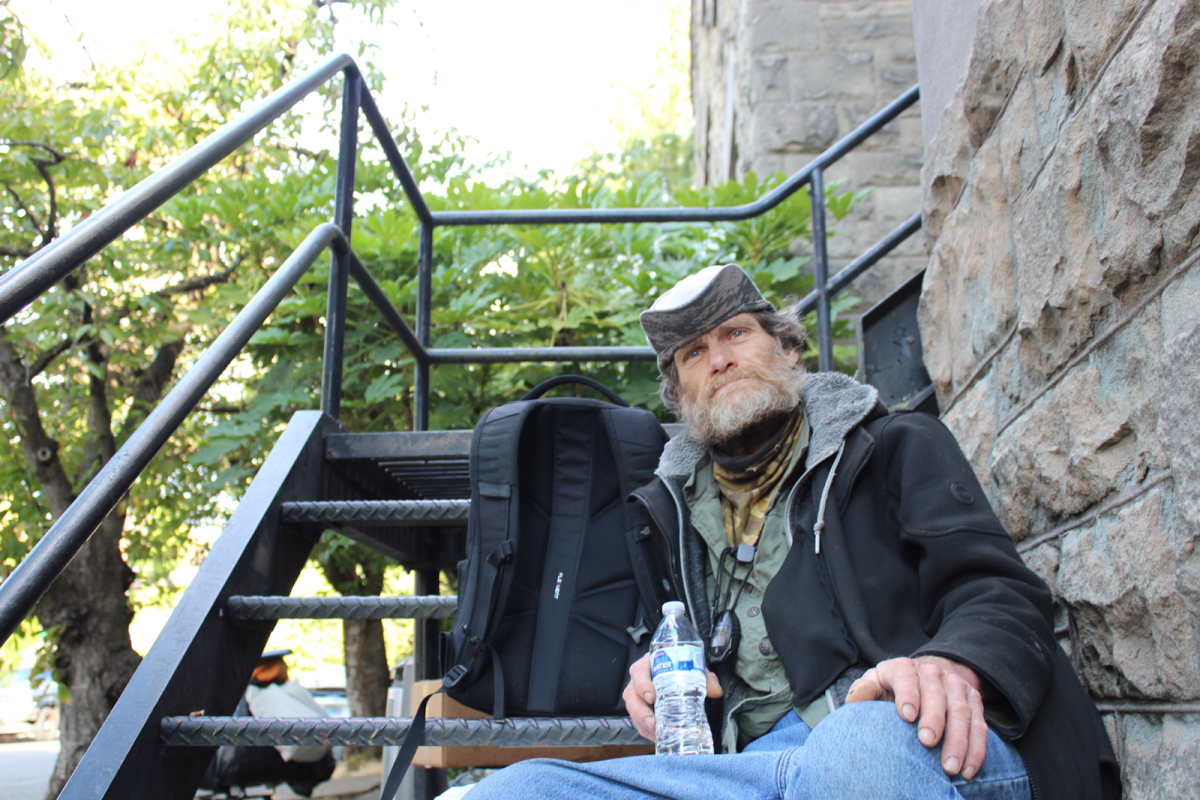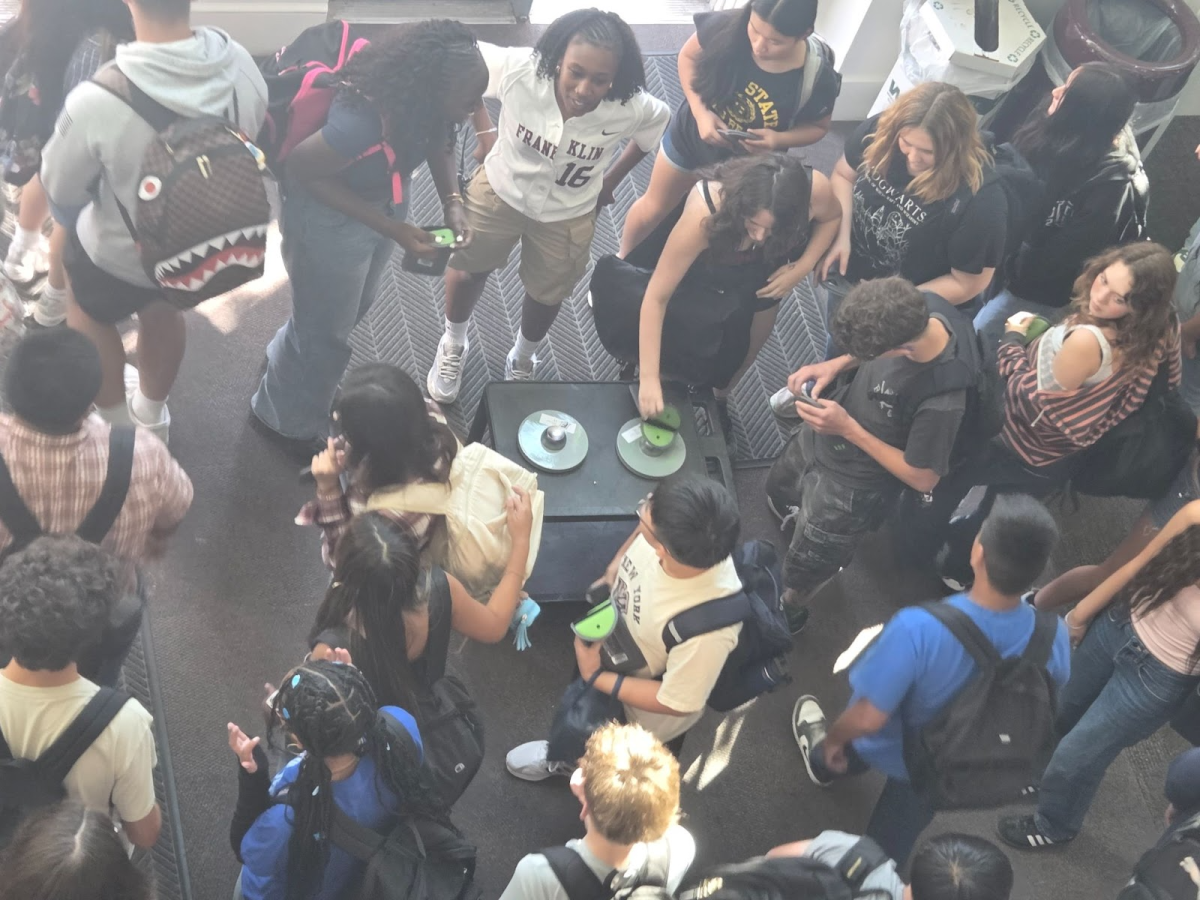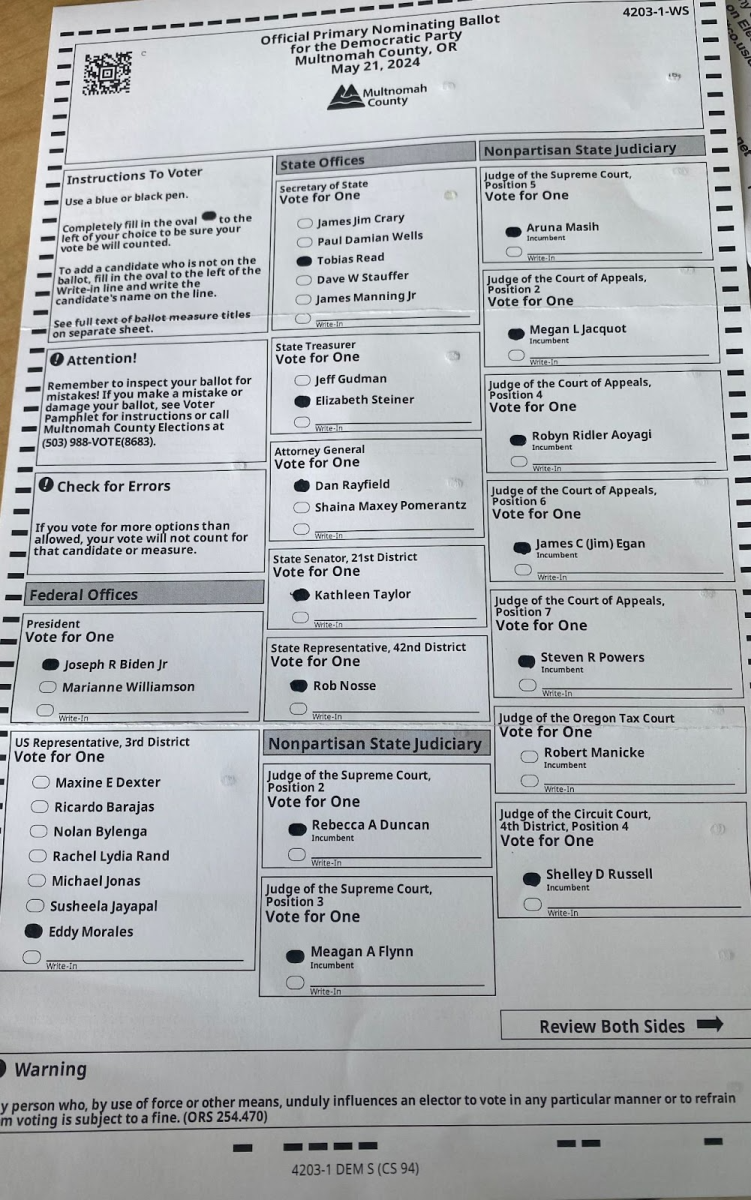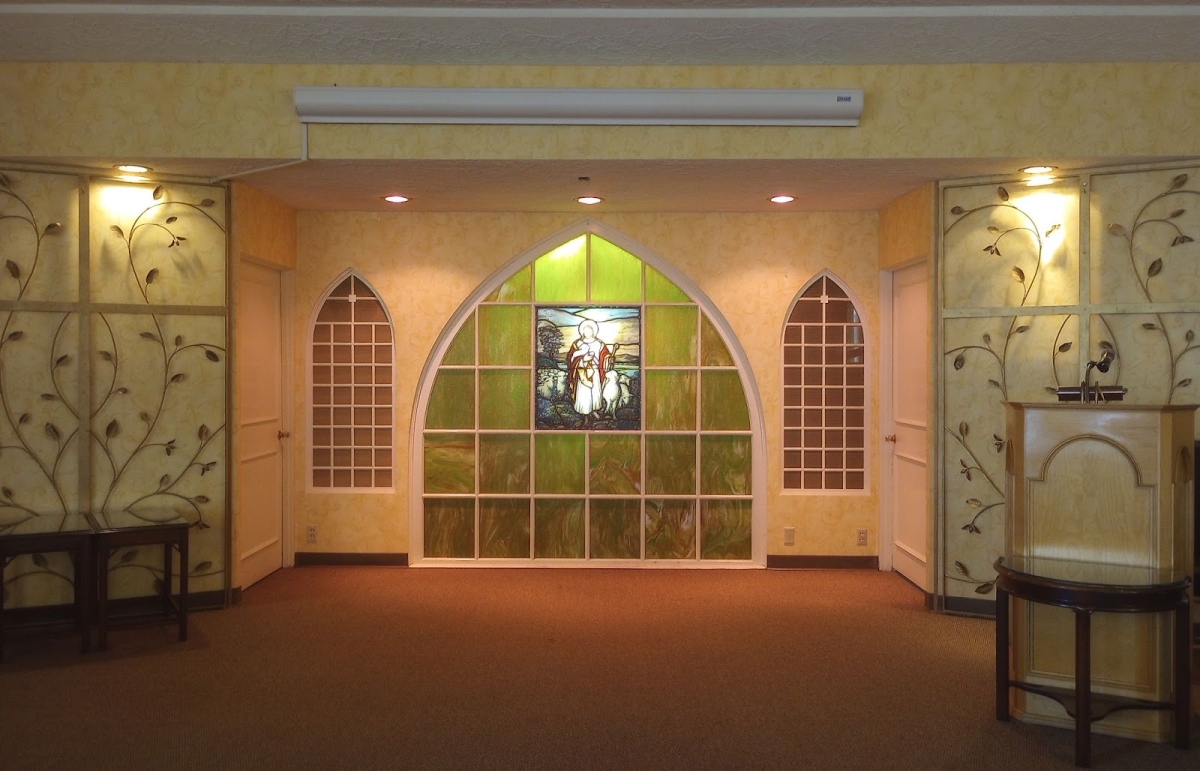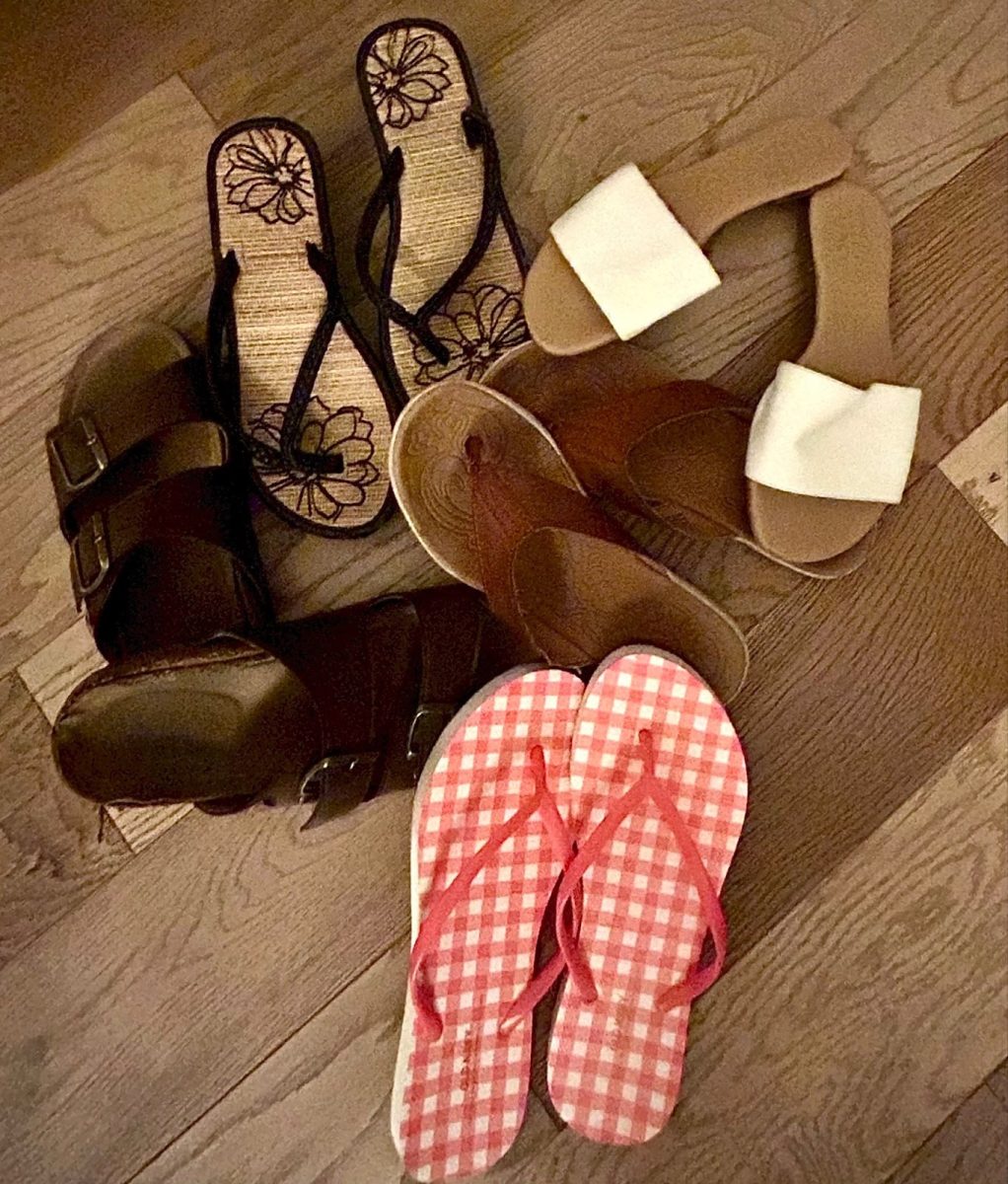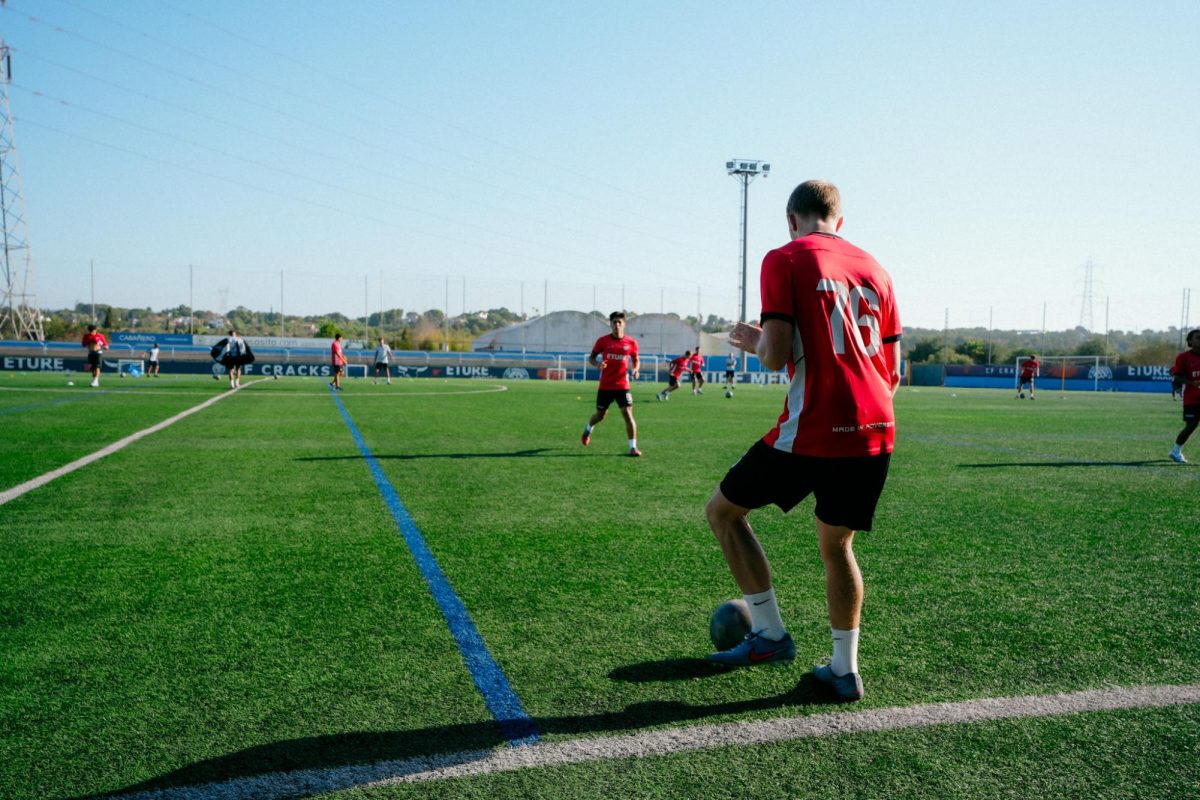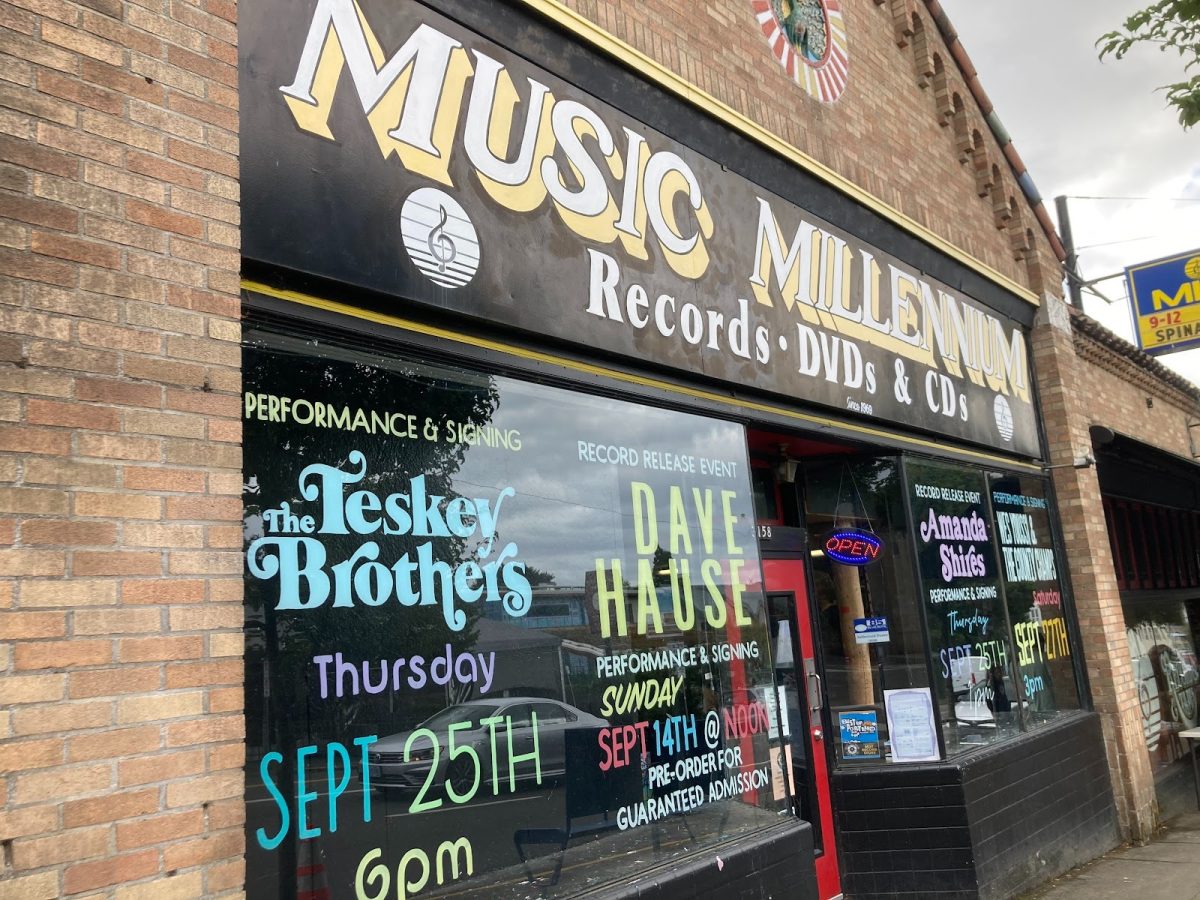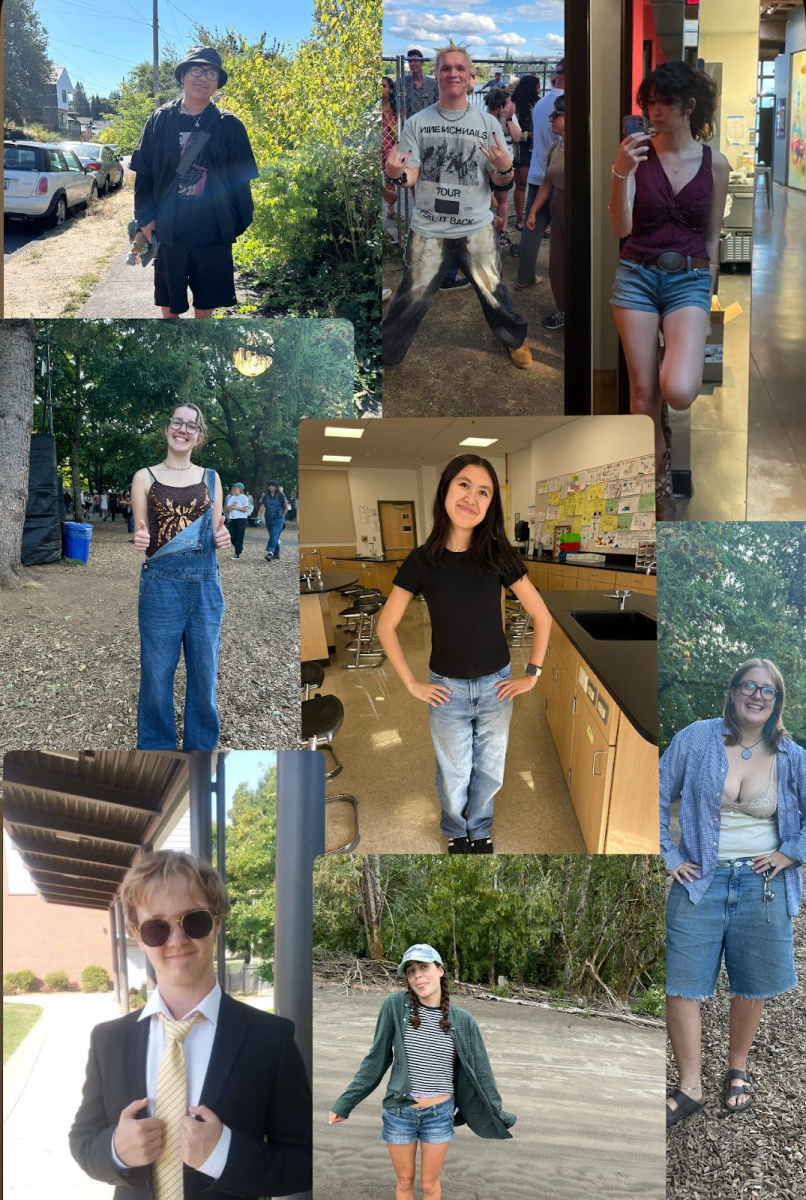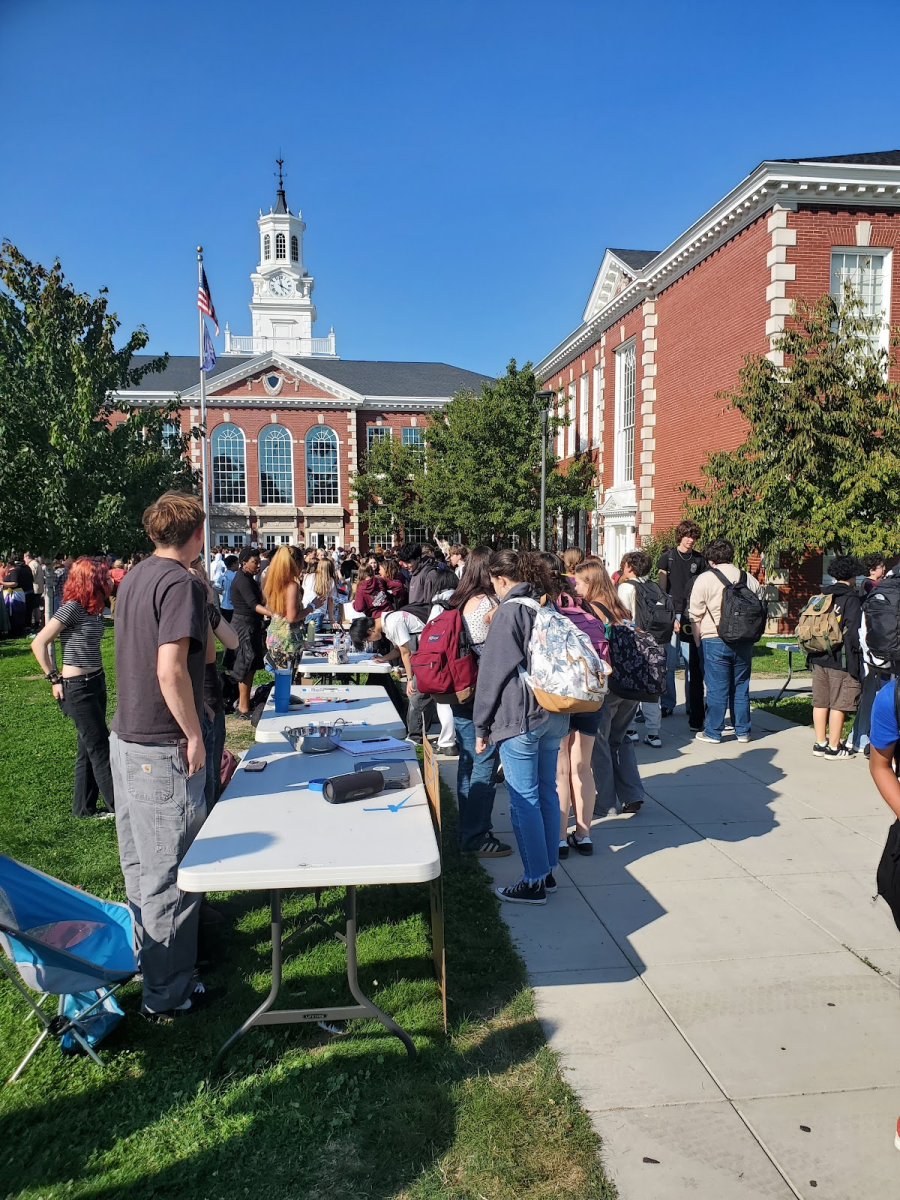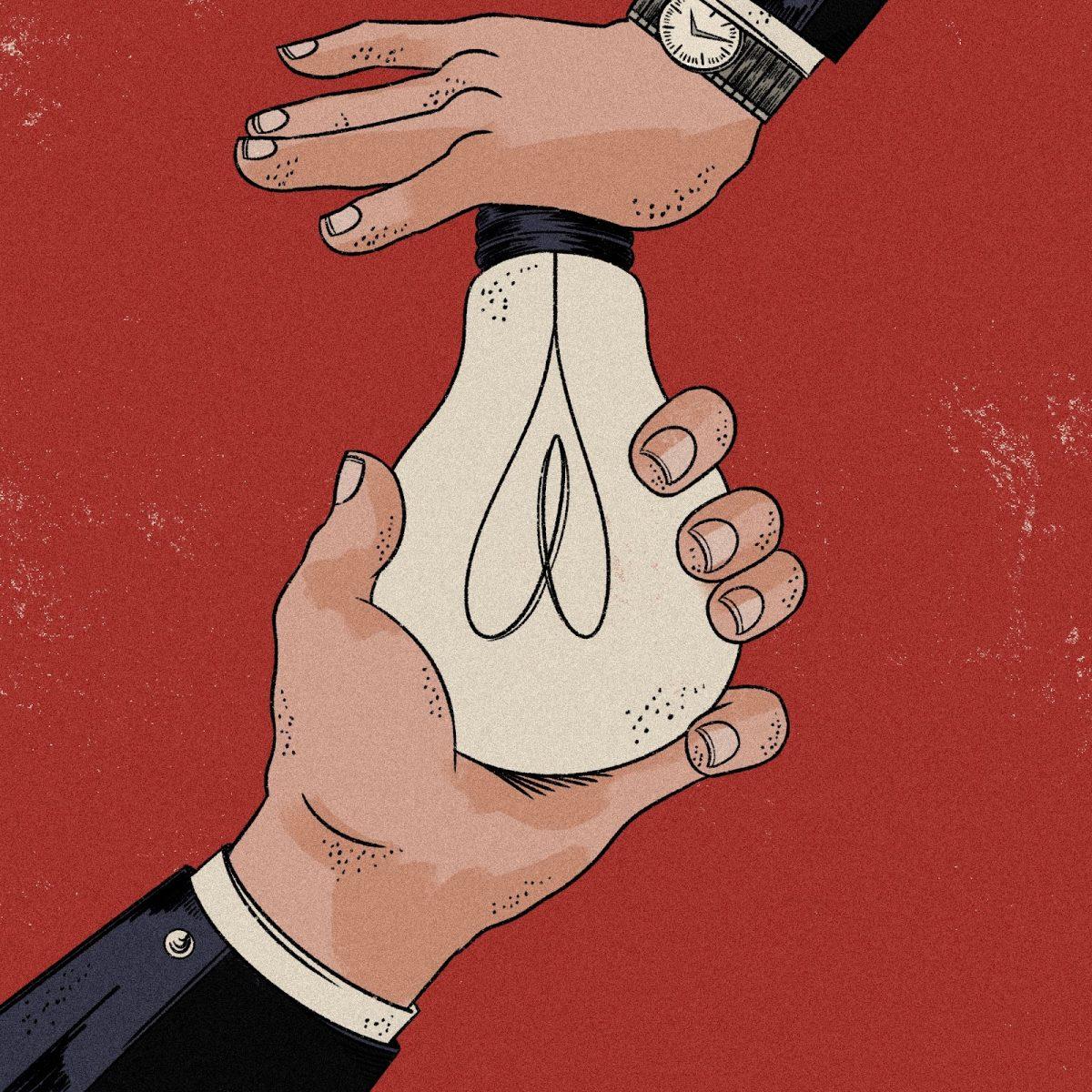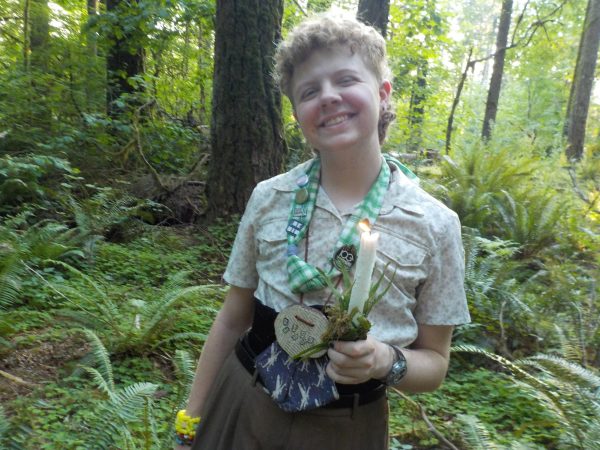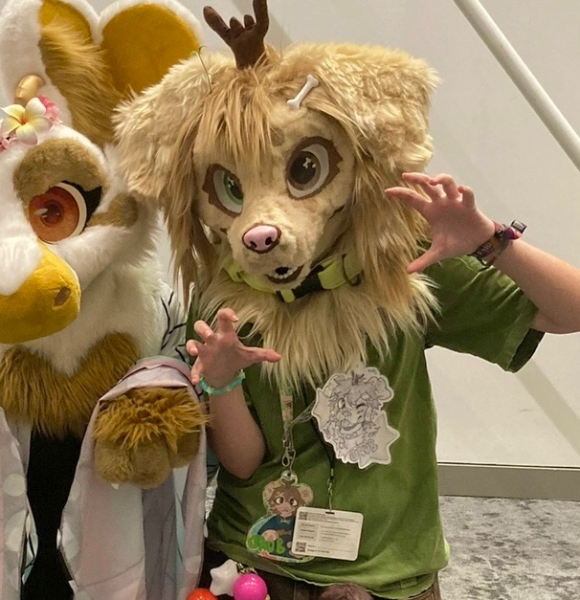
“I have had my actions policed by the judgmental eyes of other people since fifth grade,” states Callum W., an individual with Autism Spectrum Disorder (ASD), a label that falls under the neurodivergent umbrella. The Oxford dictionary defines neurodivergent as “differing in mental or neurological function from what is considered typical or normal.” Other disorders that may fall into this category include Attention Deficit Hyperactivity Disorder, Dyslexia or Dyscalculia, and various other learning and developmental disorders. Neurodivergent people have a harder time fitting into society, as their brains don’t process or interpret information the same way as neurotypical people or people without any mental disabilities.
Being neurodivergent presents a lot of challenges in everyday life, such as peer criticism, a lack of understanding from authority figures, and many other difficulties that come from living in a society that isn’t made to handle different needs. That said, while the world at large may not be able to support everybody in every scenario, we should all be allowed to express ourselves free from shame. Frequently, self-expression presents very differently for neurodivergent people. It is common for people with ASD, for example, to struggle identifying with societal norms and standards, including traditional gender roles. A study from the National Library of Medicine (NLM) found that around 11% of transgender individuals have ASD. This significant overlap creates many challenges when it comes to societal acceptance, but it also means that many neurodiverse transgender people can find a community that understands their perspectives.
Self-expression among the neurodivergent community often faces backlash, and one popular method of shaming this self-expression is by labeling certain behaviors as “cringe.” When the concept of cringe was gaining popularity, it initially referred to a reaction: the way one may shrink back and grimace or laugh awkwardly when witnessing something embarrassing or abnormal. Since then, the internet has adopted this term and warped the meaning of it to become a descriptor of an act that’s considered embarrassing or weird, rather than the physical reaction one might have to it. With rapidly changing trends and opinions in online circles, more and more connotations have been added to this definition of cringe, creating a wide expanse of behaviors and interests that are considered cringy. Callum states that “Cringe culture is the culture that has arisen from a modern society where trends change rapidly every day, making it difficult to discern between what is and isn’t socially acceptable on a given day.”
One of the many things deemed cringy in popular culture is using neopronouns, such as xey/xem or it/its, as personal pronouns. According to the Human Rights Campaign, neopronouns are largely used by people with ASD who don’t feel that any of the typical personal pronouns, meaning he/him, she/her, or they/them, suit their gender identity. Many online communities haven’t taken kindly to this rejection of social norms, and quickly pushed neopronouns into the category of cringe, with TikTok comments saying things like “they just need therapy,” and “it’s honestly disrespectful to say it’s under the trans umbrella.”
This is just one of many recent examples of neurodivergent people expressing themselves and getting mocked for it. Some other prevalent examples include furries, people who like to dress as anthropomorphic animals for fun, or therians, who believe they were meant to be an animal and not a person. Neither of these identities harm anybody, despite common misconceptions that furries are attracted to animals or that therians genuinely believe they are animals.
When trends change rapidly, it can be much harder for neurodiverse people to keep up and know how to act in a way that neurotypical people favor. For many, the disconnect between their worldview and society’s view of them makes it difficult to understand exactly why they’re expected to act in certain ways. While some neurodivergent people try to conform, others don’t.
Life can be very difficult for people who choose not to conform to societal norms. Their forms of self-expression don’t match with expectations, which can look like using neopronouns or identifying as a furry or therian, or it could simply mean hobbies or mannerisms that others view as embarrassing. People have never reacted kindly to that which is different, and this tendency for prejudice extends to neurodivergent people. A 2022 study done by Molecular Autism shows that people with ASD are far more likely to experience bullying than their non-autistic counterparts. When neurodivergent people outwardly express their interests and passions, oftentimes their peers, who are used to conforming, see the social consequences of being different and are further discouraged from self-expression. Seeing someone you relate to be mocked for being true to themself is painful, but it is the reality for many neurodivergent people who do try to conform and be “normal” compared to their peers.
Many videos online compile “cringe” content into one long video, called a cringe compilation. An overwhelming number of the people targeted in these videos have done nothing wrong other than exist in a way that isn’t as pretty or normal as people would like. This is not to say that every person who appears in one of these compilations is neurodivergent. Still, a large majority are expressing themselves similarly to how neurodivergent people tend to, or have simply committed the supposed crime of being conventionally unattractive. Some of the comments under these already horrendous videos are even more jarring, saying things like “this is why bullying exists,” and that some of the videos “made me rethink my entire existence, and all of my available memories.”
Despite all of the hatred that will forever be online, a few good commenters still defend the people who have, likely nonconsensually, been added to these compilations. Positive commenters often say things like “to be cringe is to be free,” and that the people in the videos are “[probably] happier than most of us.”
With the dawn of the internet, bullying has expanded in ways never before seen. Although people are now able to hide behind the anonymity of a screen, their harassment is still bullying, and it can all be boiled down to the same thing. Cringe culture, and the people it targets, is often rooted in ableism. Almost all traits, hobbies, or identities that are mocked as part of cringe culture are most common among neurodivergent people. The effects of this bullying are clear when looking at statistics, as an NLM study shows that 20% of youth with ASD have suicidal thoughts, and 10% attempt suicide. In contrast, their neurotypical counterparts have a 14.2% rate of suicidal thoughts, and only 4.5% attempt suicide.
Bullying has never been okay, and its effects are devastating. Just because something is weird, out there, abnormal, or supposedly cringeworthy, it doesn’t make it okay to mock others who aren’t doing any harm by expressing themselves. The majority of people who fall victim to cringe culture have done nothing except exist, and just for that, they are mocked and harassed. Cringe culture is never funny; it’s always been bullying, and while it will take work for people to unlearn what they see as cringe, it is necessary in order to stop the discrimination and harm levied disproportionally against neurodivergent people every day.
